If you are squeamish, don’t like to see dead animals or can’t stand the sight of blood you may want to skip reading this post. Or you can push pastseeing animals that have died of natural causes and see why I felt it importantto express my opinions about this matter.
Recently KSL.com; a Utah news station, had an article about a Vole (a small rodent)infestation In Farmington, specifically in theneighborhood of Foxboro Community. While I sympathize with the residents about the damage being done to their yards I am disturbed by the advice many ofthe people commentinghave lefton the story. The article and the comments can be read here.
Two main suggestions came up repeatedly:
-
Get an outdoor cat, they will kill them
-
Use poison to kill the Voles
To explain that area one must think of wetlands that have turned into housing developments and human encroachment on natural areas. Think of nearbymarshes and flat grasslands where voles and other animals have thrived since before the pioneers settled into the Salt Lake Valley.It is prime real estate for voles. It is prime real estate for all of the other creatures too.
Some of the folks want to blame UDOT because theLegacy Parkway wasnear the Foxboro Community. Those voles were on the land that the Parkway was built on long before they broke ground. The Legacy Parkway isn’t the problem.
Some of the folks want UDOT, the City or Davis County to clear the voles off of the public lands near the Foxboro Community and the Legacy Parkway because they believe that will solve the vole infestation. It won’t work.
What some of these people fail to realize that there are cycles in nature where populations of animals rise and fall and that those cycles can depend on many factors. We had a super mild 2011/2012 winter which possibly had an effect on the vole population. Voles breed all year longbut harsh winters can reduce the number of off spring that survive the frigid temperatures. A mild winter… more surviving voles. We had an early spring in 2012where the grasses and other vegetation, aka vole food, greened up early and provided the voles with enough nourishment to have more litters.
I’m a bird photographer, I am out in the wilds a lot and I have observed a dramatic increase in the vole population in the locations that I visit to photograph birds in the last year. I’m not upset or disturbed by it because I know that the population will decrease because of that natural cycle. The fall of the high population can be weather related, caused by predators consuming the voles or both. And more.
Outdoor Cats:
First, let’s look at outdoor cats and the problems they can cause to wildlife, people and how living outdoors can cause them to live much shorter lives.
-
Outdoor cats that are not vaccinated can carry diseases that can be transmitted to wildlife and the people they come in contact with. That is a fact. Think rabies, feline distemper and feline immunodeficiency.
-
Outdoor cats can be hit by cars, poisoned, attacked by dogs, get lost or stolen.
-
Outdoor cats that are not spayed or neutered cause an increase inferal cat problems.
-
Outdoor cats are spreading diseases to our native cats, ourMountain Lions and Bobcats.
Estimations have shown that annually outdoor cats in the U.S. have been the cause of death for hundreds of millions of birds, some of these birds are on the threatened and endangered lists and a few species are facing extinction if we don’t do something about the outdoor and feral cat problem now.
You might think I am anti-cat at this point. I’m not. I have hadcats in the past, I love to cuddle & play with my friends cats now.
However; I did not and would not have an outdoor cat because of the danger to the cats and to wildlife. You can read more about outdoor cats at the American Bird Conservancy (ABC) here and about cats & predationhere.
Poison Control:
Not a good idea at all. Poisons are bad for people, animals, the environment and upset the balance of nature.
-
Poisons can kill children who don’t know that what they are touching or ingesting is harmful.
-
Poisons can kill your pets.
-
Some of those poisons stick around for years and have long term effects.
-
Poisons might kill the natural predators of voles after the predator ingests them.
-
Aren’t we all bombarded by enough chemicals whose long term healtheffects are unknown each and every day?
What is to say after a poison kills a rodent that your family pet will not pick it up and eat it and then die? What is to stop a predatory bird that is protected under the Migratory Bird Act from eating the poisoned rodent and dying? For people on well water how do you know for certain that those poisons won’t migrate into your drinking water?
Poisons are too risky. For you. For me. For our children’s children. For our planet.
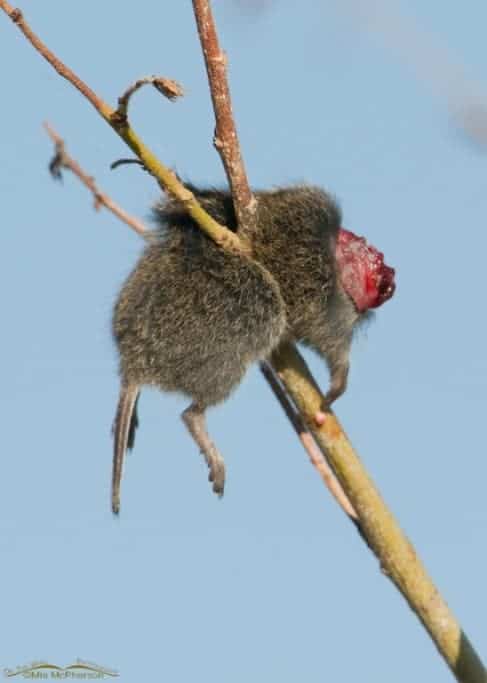
When I saw this vole wedged into a tree on Antelope Island State park a while ago I asked Ron to back up so I could show it to him and so I could take photos of it. Maybe I knew it would come in handy one day for a blog post of importance. At the time I wasn’t sure whether a Loggerhead Shrike cachedit or if it was an American Kestrel that did it. Shrikes are well knownfor impalingtheir prey to cache it.
BNA (Birds of North America) shows this under AmericanKestrels under food habits:
Prey often but not always decapitated; hidden in grass clumps, tree roots, bushes, fence posts, and tree limbs and cavities, etc.
Regardless of whetherit was aShrike or a Kestrel that stuck this dead vole in the tree, it died a natural death and the bird had sustenance. 100% nature.
Native predators of voles, also known asthe Vole Control Patrol:
Hawks & Falcons

One of my most favorite raptors; the American Kestrel, excels at vole control. They are Bantamweight (bird lovers will catch the pun here) vole eating machines and they KO plenty of the little rodents everyday!
I support the American Kestrel Partnership which is a project of the Peregrine Fund. In some areas of North America the populations of these small falcons are on the decline. The American Kestrel Partnership hopes to unify the data-generating capacity of citizen scientists with the data-analysis expertise of professional scientists to advance research and conservation of American Kestrels.
You may wonder why I brought the American Kestrel Partnership up in this post. If people in the Foxboro Community put up kestrel nest boxes their vole population would decrease significantly and by monitoring the nest boxes they could help as citizen scientists. Nest boxes can be purchased here from the American Kestrel Partnership.
Hey Foxboro Community, what are you waiting for? You can get rid of your voles naturally and help our smallest and most colorful falcon in North America.
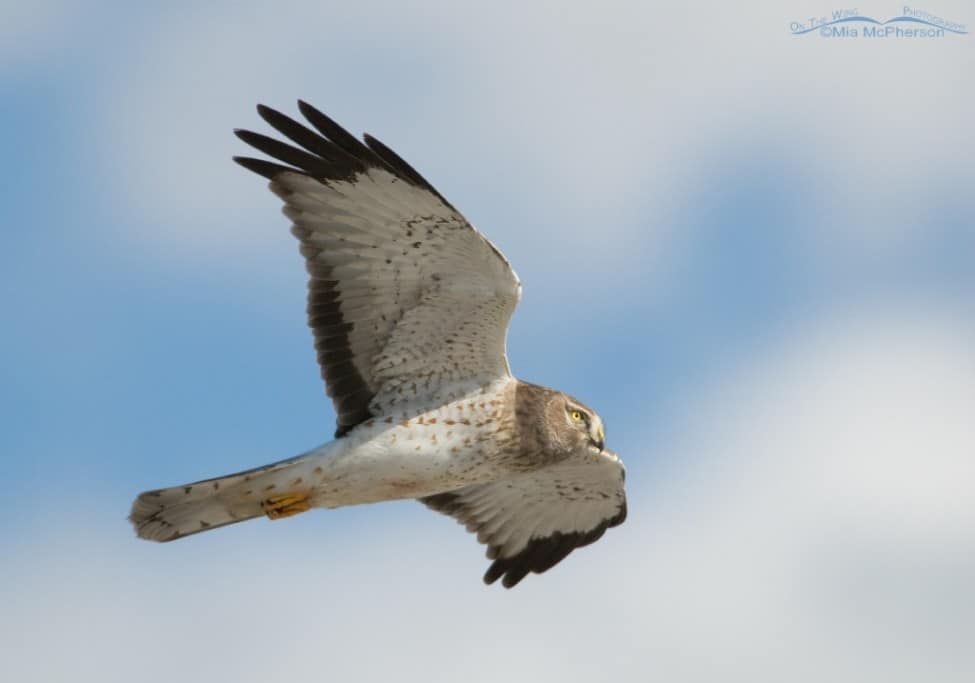
If American Kestrels are the Bantamweights of the Vole Control Patrol the Northern Harriers are the Long Distance Fliers. Harriers cruise all day long in search of voles with the aerial agility of stealth airplanes, the voles get no notice before they are captured and dispatched. Harriers nest in the marshes not in nest boxes so they can’t be enticed to book a room in a grassy neighborhood yard but they are great Vole exterminators.

Rough-legged Hawks hover above their prey then swoop down to capture it, their method of capturing voles reminds me of a military Apache helicopter. They get their prey a large percentage of the time. They are only in the Salt Lake Valley during the winter because their breeding territory is much farther north. They can certainly make a dent in the vole population during their brief time in Utah though.
These are three raptors that capture and eat large volumes of voles.
Loggerhead Shrikes are songbirds but they sure remind me of raptors in their behavior, diet and the way they capture and kill their prey. Their diet consists of insects, spiders and small mammals like the voles that people in Farmington are annoyed with. I’ve seen Loggerhead Shrikes every month of the year though their numbers do seem to dwindle significantly during the winter. Because insects are not available during the coldest months of the year their winter diet consists of small rodents, mostly voles. Loggerhead Shrikes build their own nests in sagebrush and other shrubs. Having them near your property could reduce the number of voles. They might be lightweights but they have big appetites.
Owls
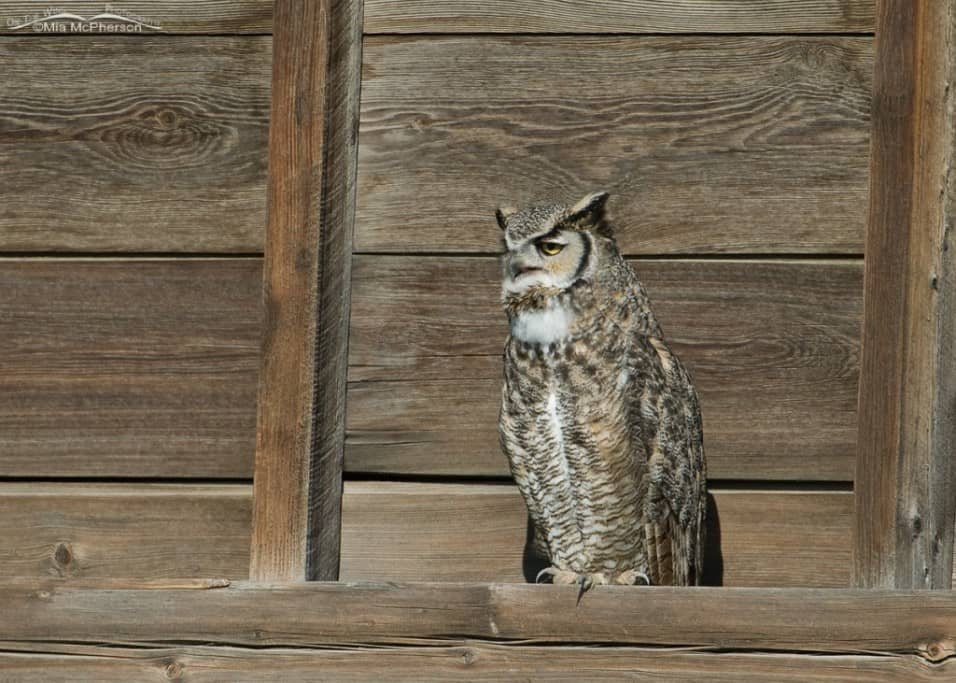
Several owls species native to Utah hunt and eat voles, like this Great Horned Owl, aka Tiger of the Sky, pictured above. Great Horned Owls do nest in boxes, trees and old buildings and if nest boxes are provided they will hunt down and eat those pesky voles.
Other owls in the Salt Lake Valley area that eat voles:
-
Barn Owls. Again, if nest boxes are provided they will stick around the area and get rid of small rodent pests.
-
Short-eared Owls. They nest on the ground and voles are a high portion of their diet.
-
Burrowing Owls. They nest in man-made and naturalburrows and they eat voles too.
Wading Birds that eat Voles:

You might think I have gone off the rails by saying that some wading birds eat voles but they do. When the wateris frozen over at Farmington Bay WMA the Great Blue Herons still need to eat and they stalk and ingest voles. They are wetland and marsh birds and will walk right into yards to hunt if nearby areas include water andcover.
Otherwading birds in the SLC Valley area that eat voles:
-
Black-crowned Night Herons (year round residents)
-
Great Egrets (mostly migrant, some do winter over whenthe winter is mild)
That pretty much covers the birds that will get rid of and eat voles without using poisons or outdoor cats.
Mammals
There are mammals that eat voles (besides cats). Long-tailed Weaselsthat arefound in wetlands and marshy areas include voles in their diet. They are fast, strong and ferocious when it comes to dispatching their prey. And they are wonderful to see in both their brown summer coat and the snow white winter coat. You won’t think of them as cuddly once you see them attack their prey.

Coyotes, who are much maligned and often trapped or killed, seem very fond of voles. Once in just a five minuteperiod I saw one Coyote kill and eat four voles.
Coyotes cause fear in some humans, others just want to gun them down and the state of Utah puts a bounty on their heads, which recently (and stupidly) increased from $20 to $50 a pelt. After decades of being hunted down, poisoned and trapped in steel jaws there is no scientific evidence that these bounty programs work as the state, Wildlife Services, part of the U.S. Department of Agriculture, work at all.Scientific studies have shown that as the coyote population decreases there is more food available to them and their litter size increases. The Coyote population rebounds.
-
Utah senators approve hike in bounty on coyotes – Wildlife » Humane Society of Utah is opposed to bill.
-
Wildlife Services’ deadly force opens Pandora’s box of environmental problems
-
Wildlife Services: Does Killing Coyotes Do Any Good?
These bounties on Coyotes have also been a problem for private landowners where unscrupulous coyote hunters enter private land to kill coyotes to get the bounty on their skins.
-
Wharton: Nevada rancher upset with Utah coyote bounty hunters
For some of the coyote hunters it is a way for them to earn money but I also have my suspicions that some of them just like to hurt and kill other living beings.
I know that if I enter private property and start shooting the wildlife there that I deserve to be punished, jailed and or fined.
I also know that if I poisoned, inhumanely trapped or killed someone’s dog that I can be charged and jailed for being “inhumane”. Both dogs and coyotes are living beings, isn’t it inhumane to kill either one?
Yeah, I know, sheep are being killed by coyotes, they kill outdoor cats and their range is increasing in leaps & bounds in North America.
Yet, Coyotes get my vote for the top mammalian predator of those pesky little voles. We keep shooting the coyotes and the ones that survive kill off that nasty rodents everyone is concerned about.
We’ve upset the balance of nature, the wild animals haven’t. We’ve bought or built homes on land where wildlife has existed for eons and simply because we have put up stick, brick and concrete structures we expect the wildlife to just vacate their homes because we live there?
It isn’t going to happen. Mice, ratsandother rodentsadjust very well to city life and the voles, well they just love munching oncrispy green lawns that people put in.
Get a Kestrel box. Put up nest boxes for Barn and Great Horned Owls. Stop poisoning or shooting raptors. Encourage them to take up housekeeping in your neighborhoods and they will do the work after their populations increase. Keep your cats indoors and let the natural predators control the vole problem.
And the next time you see a Coyote think of how many rodents a day they put away that won’t be in your yards and homes. Let’s see 4 voles in 5 minutes and how many hours a day do Coyotes hunt?
It isn’t rocket science.
Although I have written this because of a local Utah issue much of what I have written applies to every state in America.
Mia McPherson, OntheWingPhotography.com
Mia McPherson
Mia McPherson is a nature lover, wildlife watcher and an avian photographer. Mia first become serious about bird photography when she moved to Florida in 2004. Her recent move to the Salt Lake area of Utah was a great opportunity to continue observing their behavior and photographing them. With so many birds species there easily accessible it wasn’t long before she was hooked. By learning more about each species, she can anticipate their behaviour and create opportunities to obtain ever better images of those species.
- Web |
- More Posts(85)


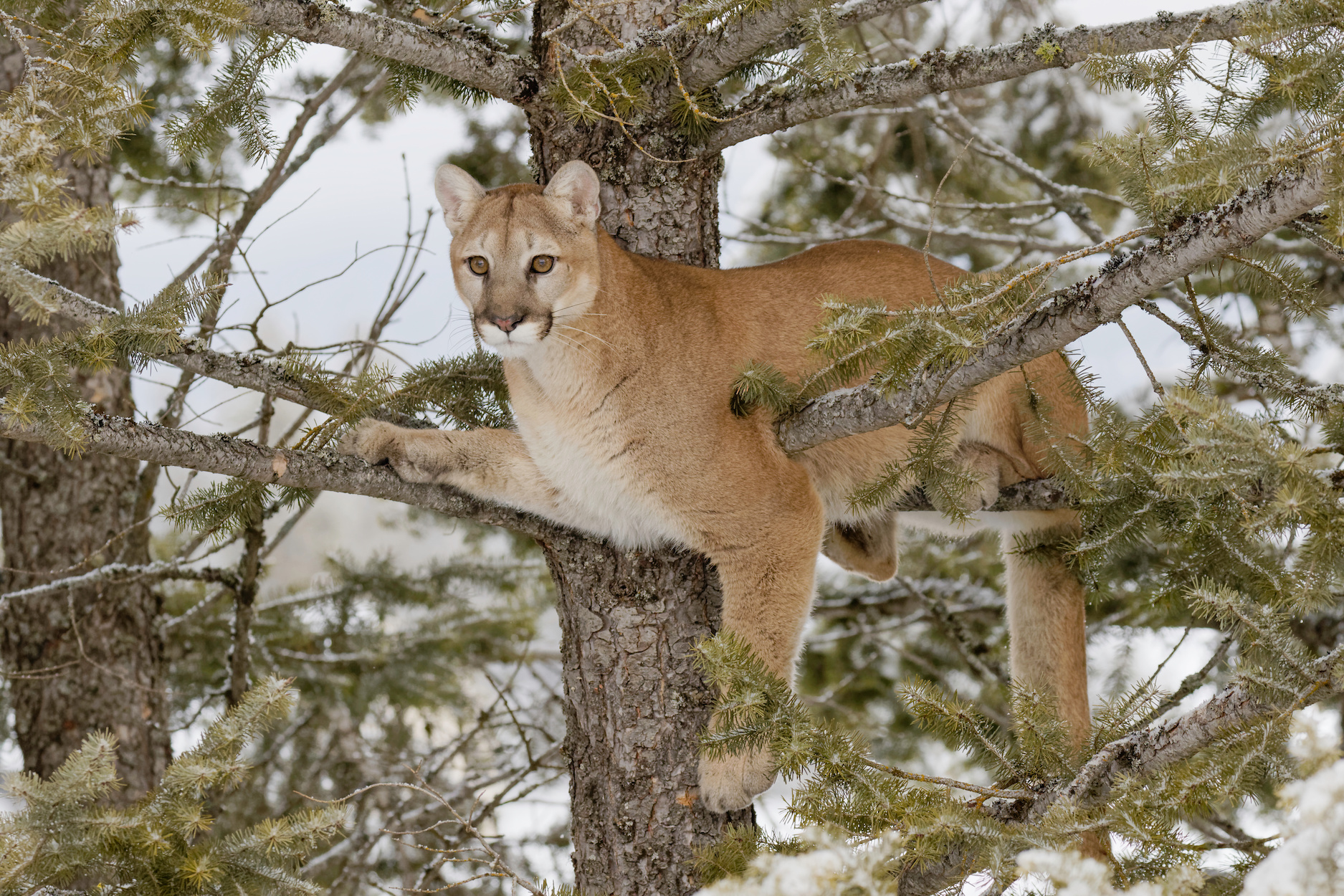

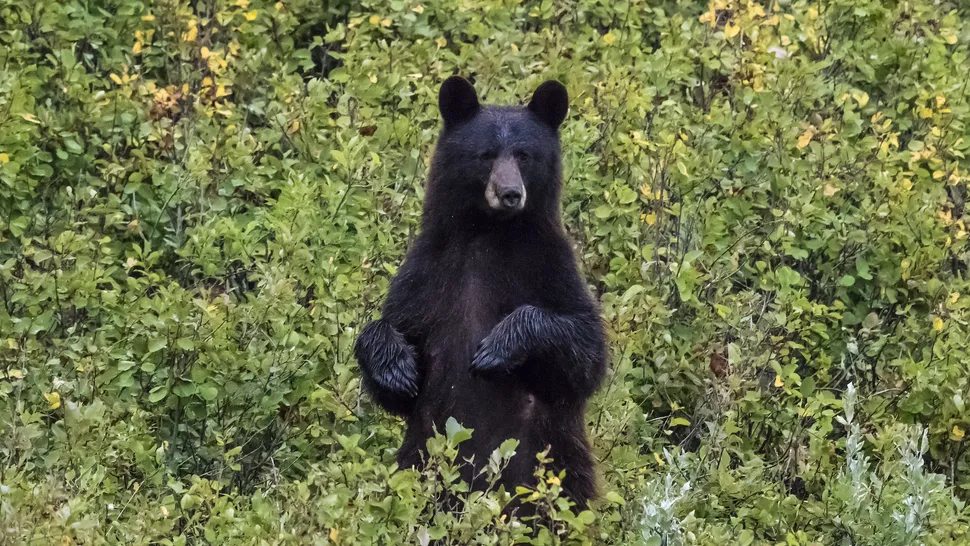

Leave a Reply